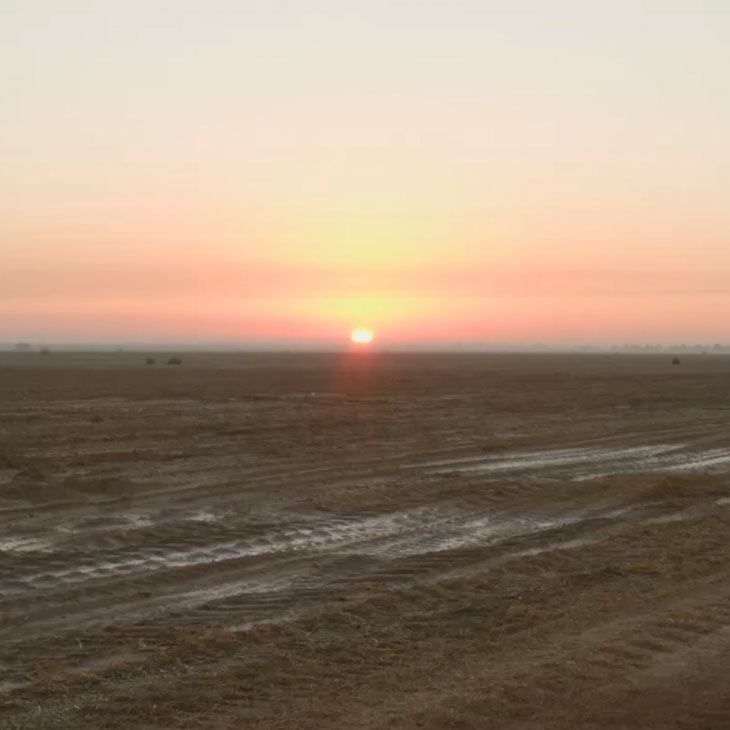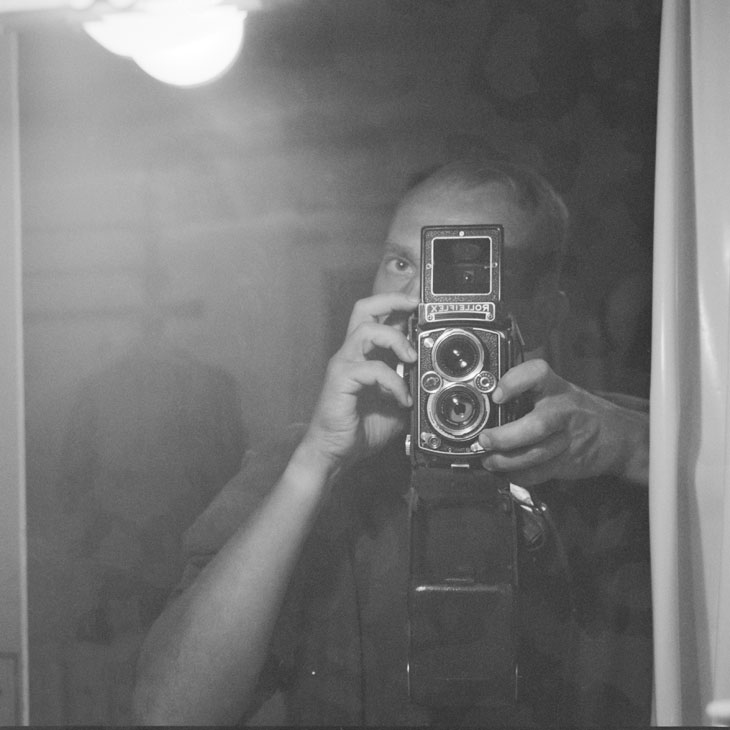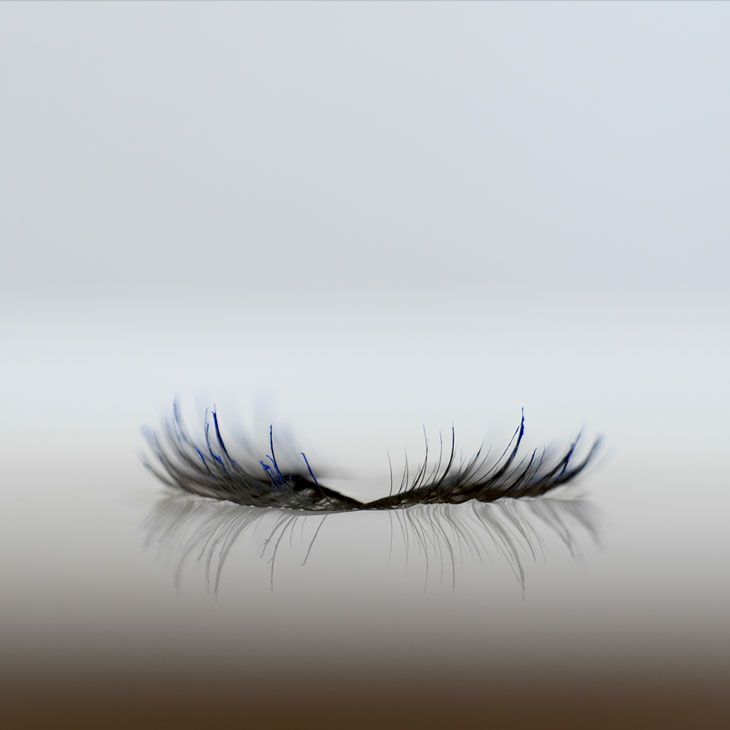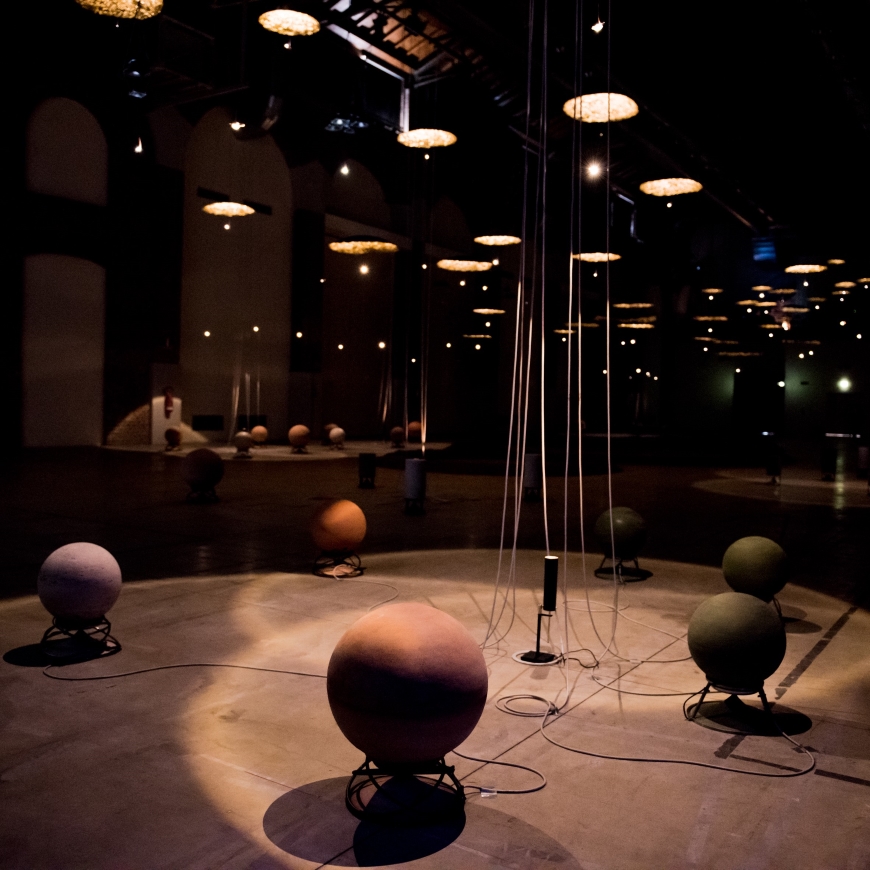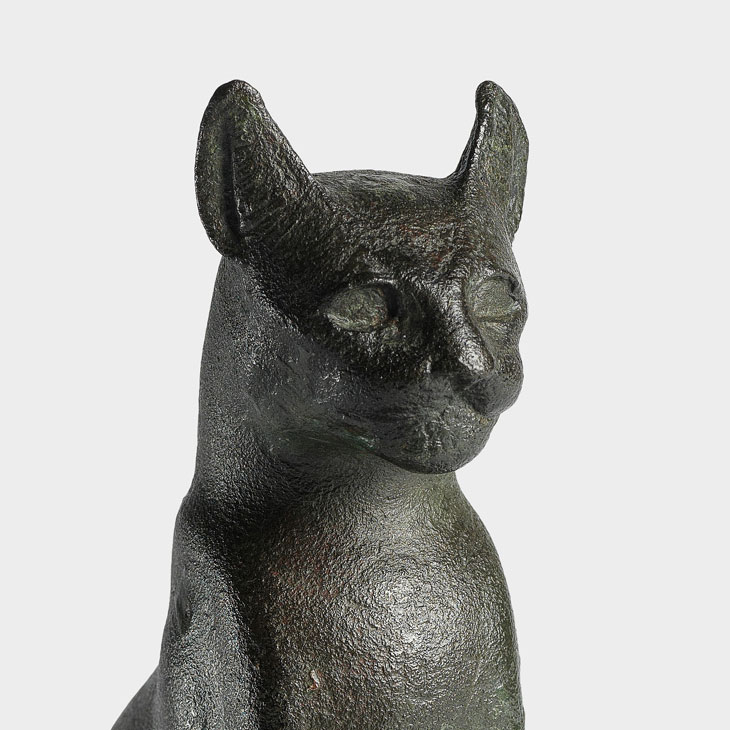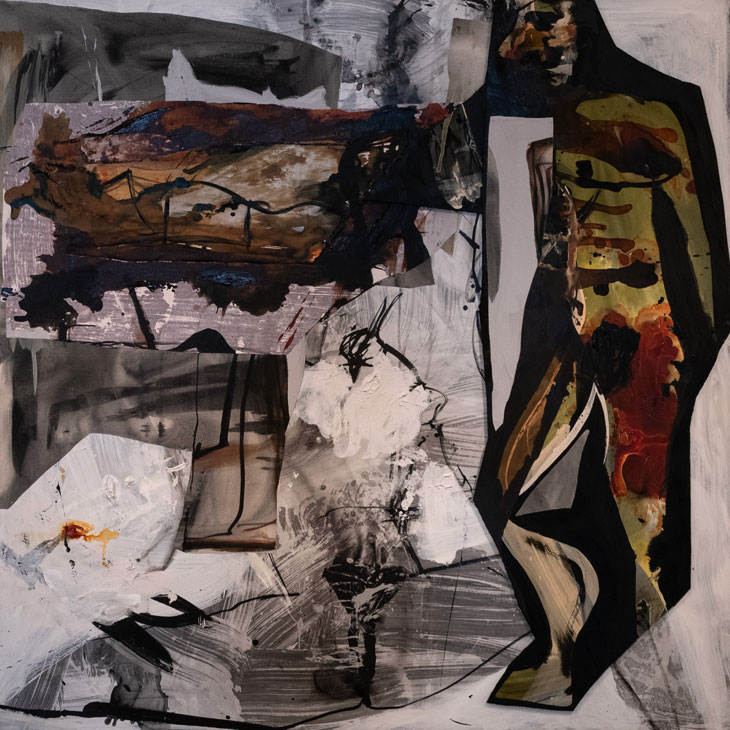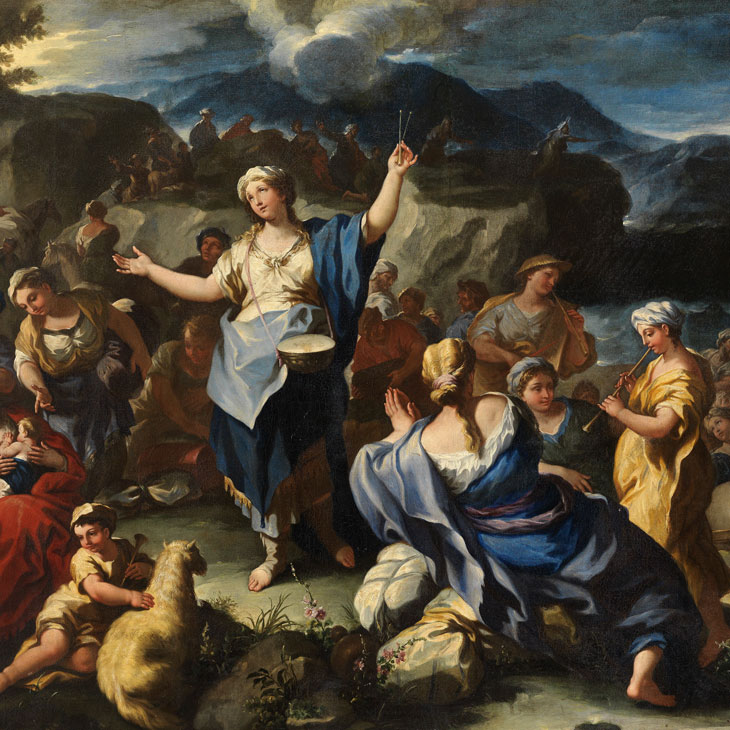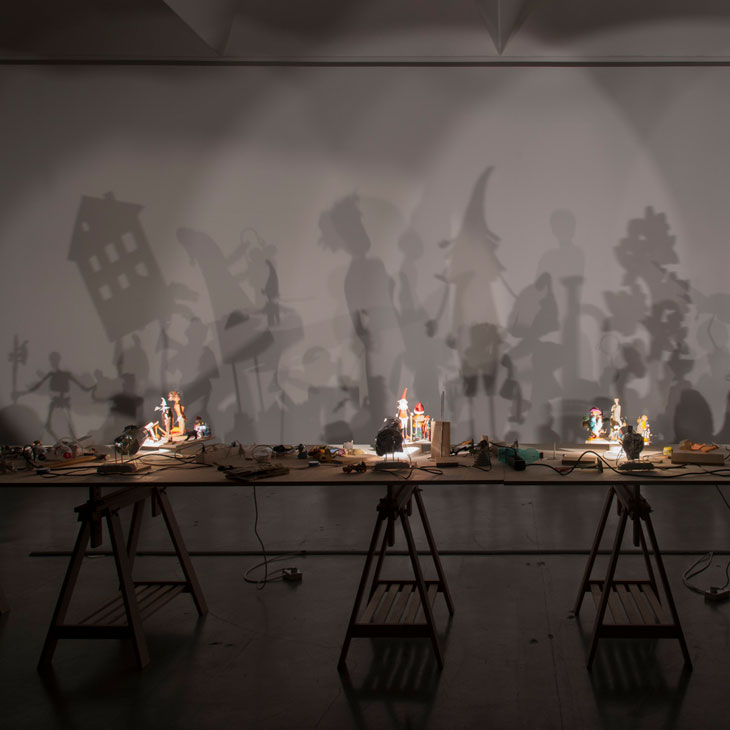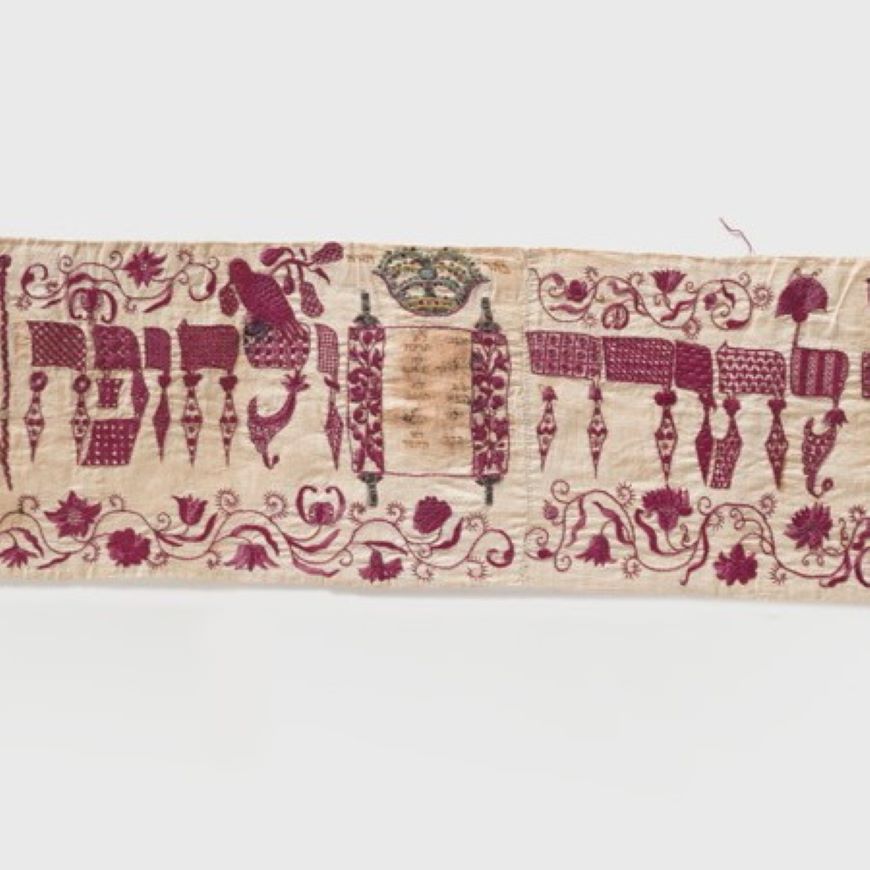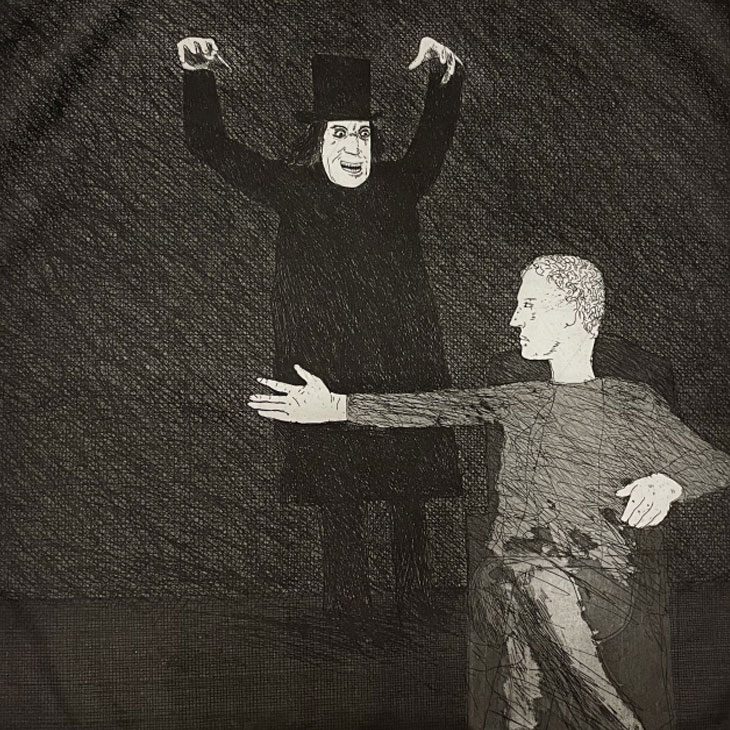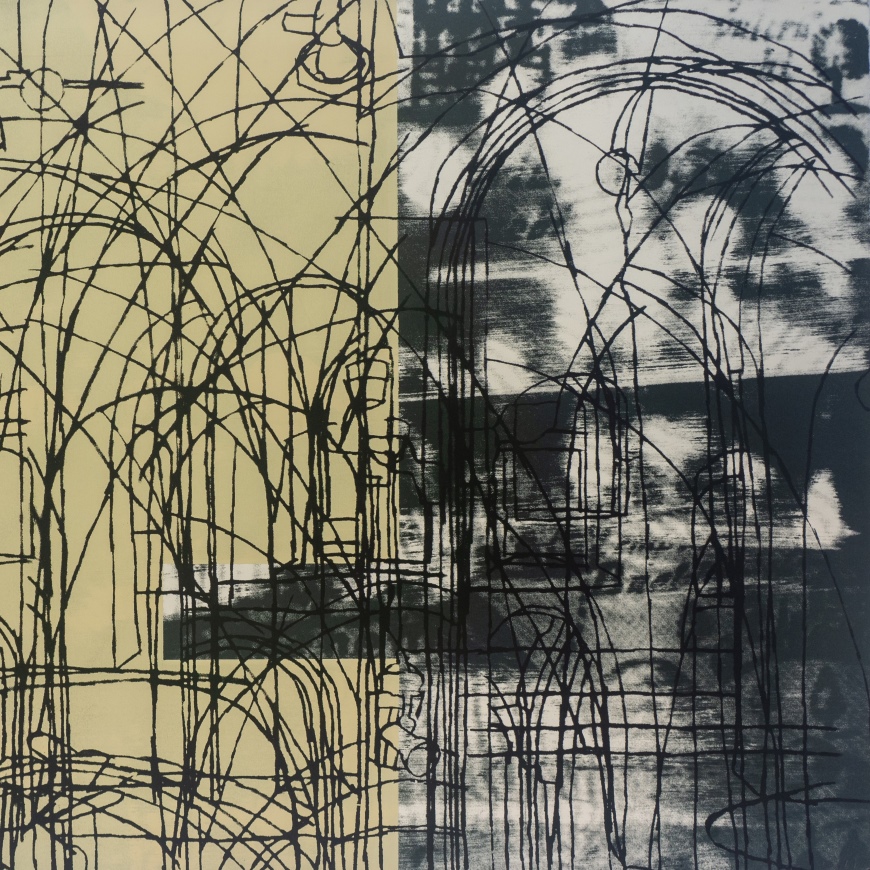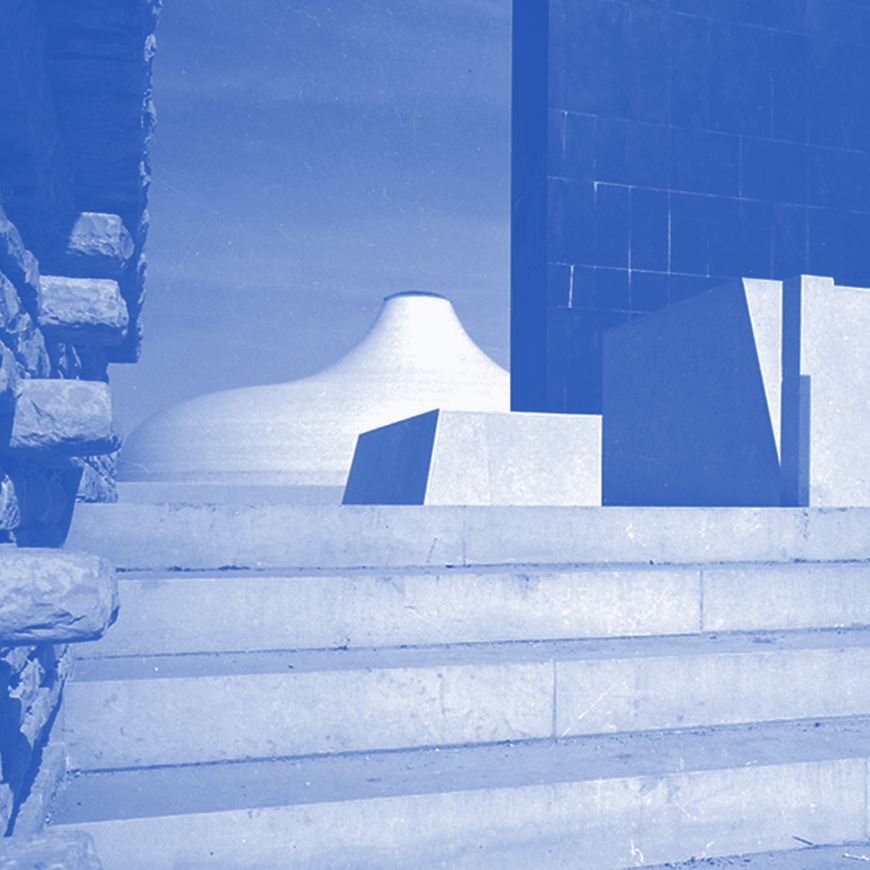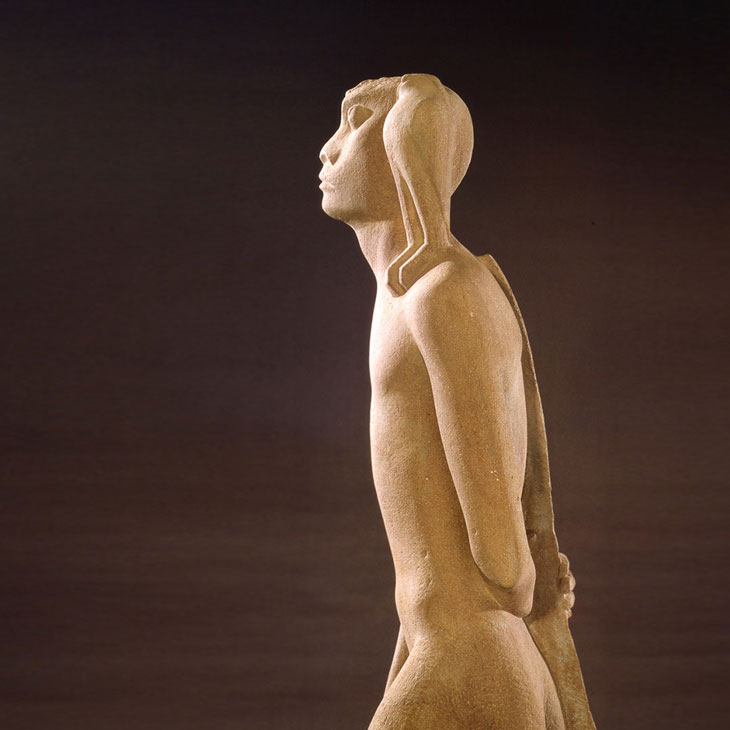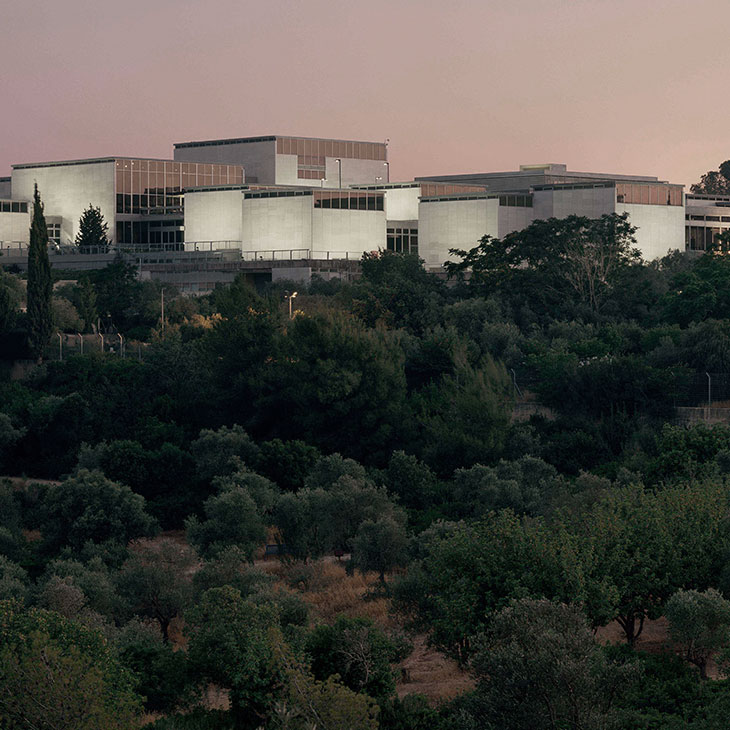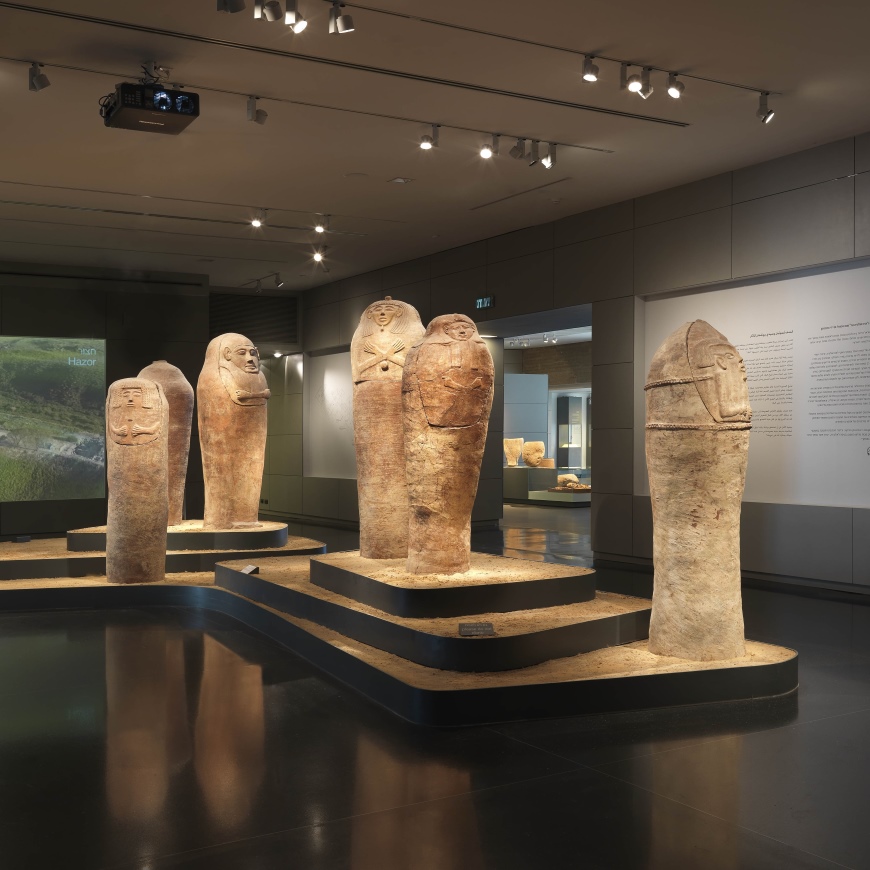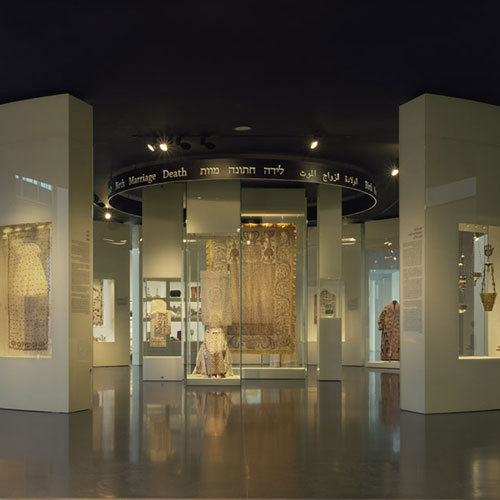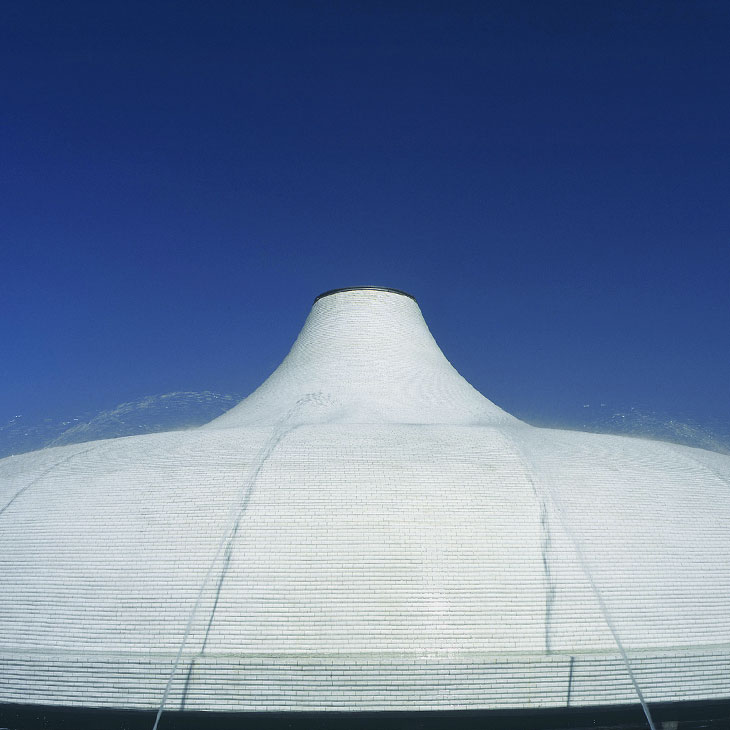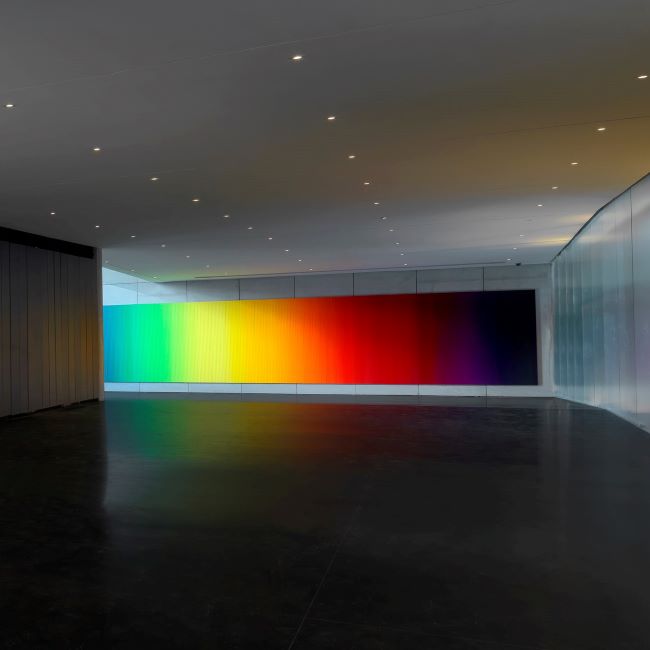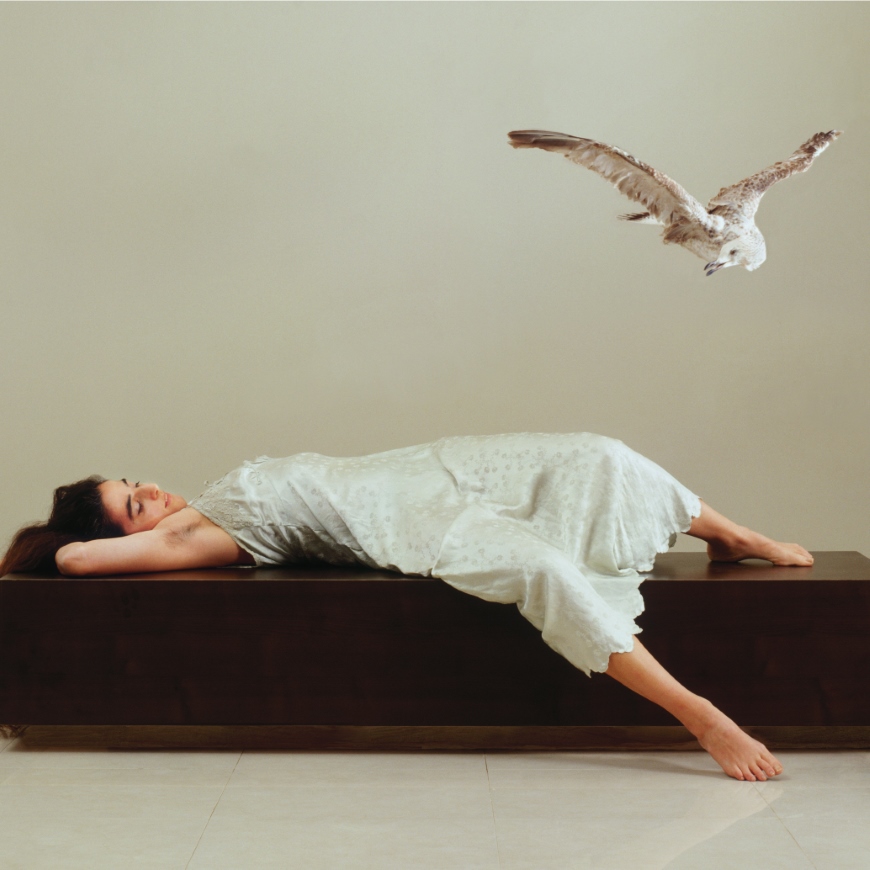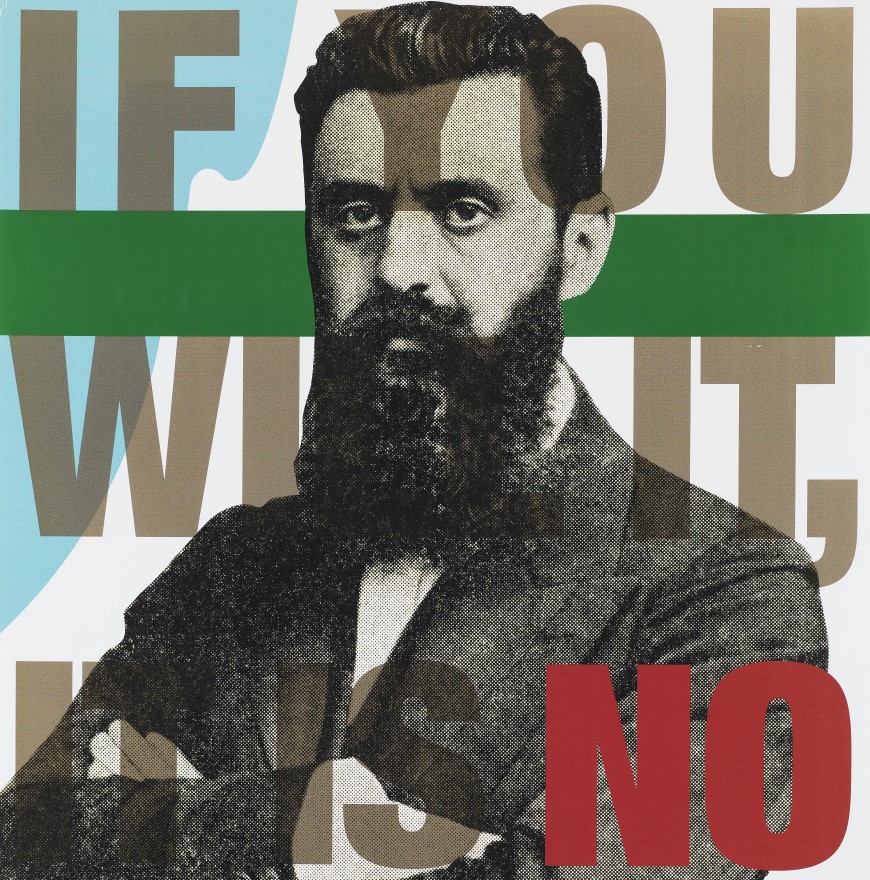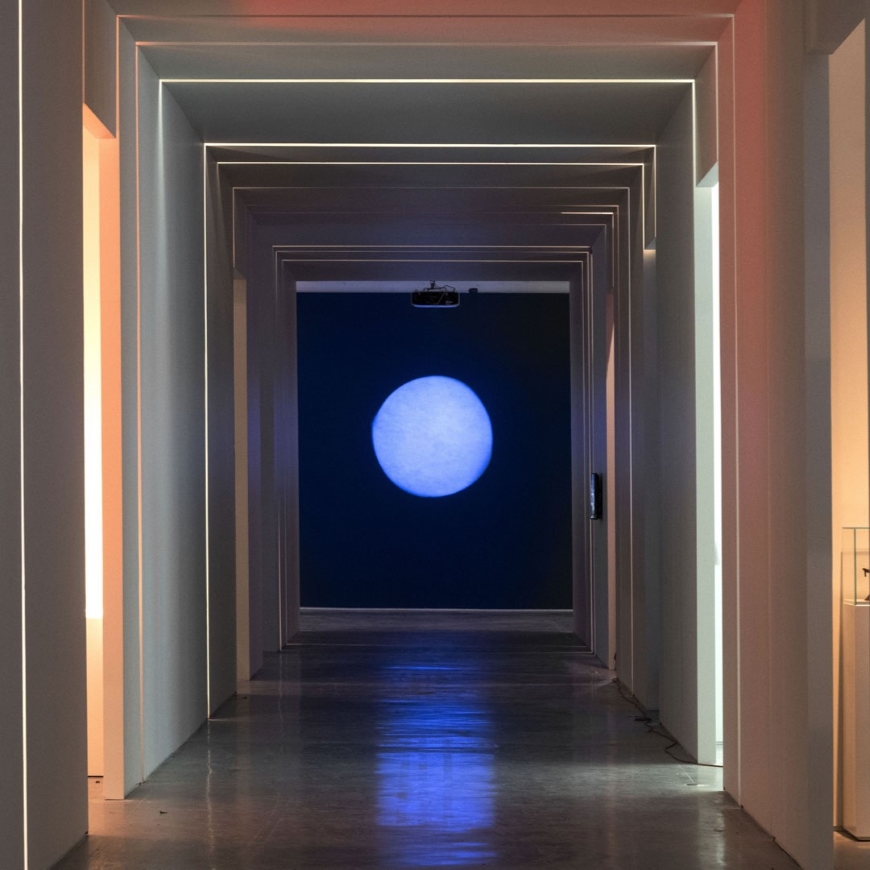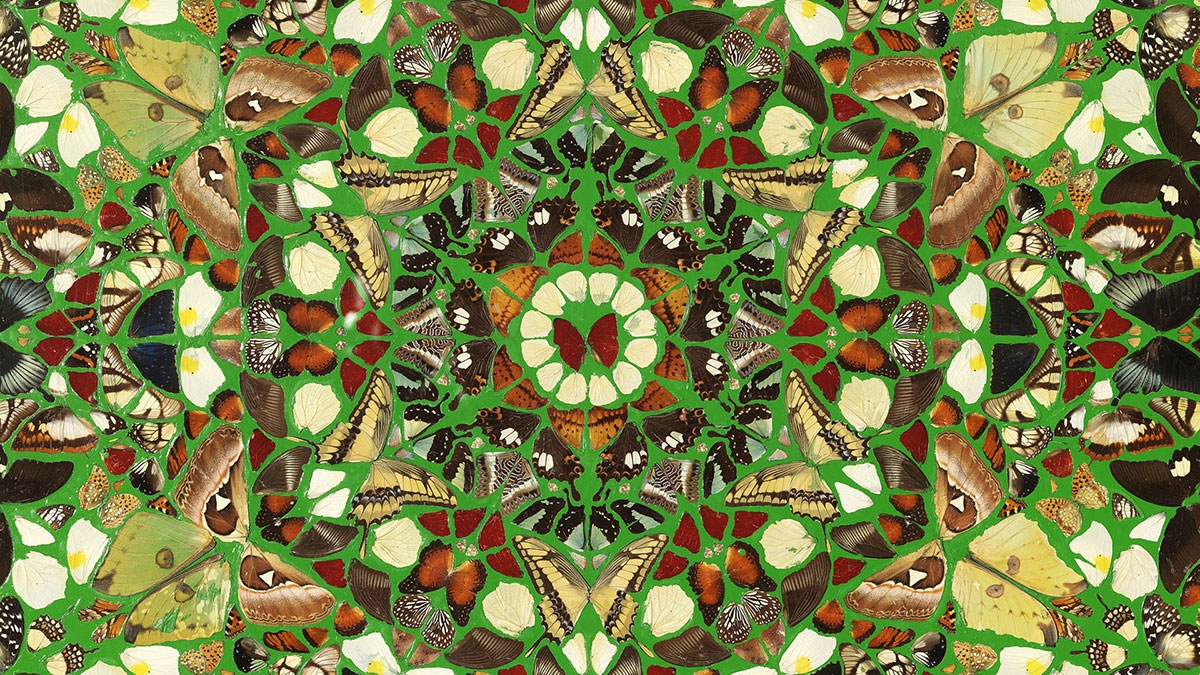
Damien Hirst: Cut Grass – The New Jerusalem
Special display
-
December 20 2022 - July 25 2023
Curator: Orly Rabi
-
Aaron Levy Hall
The butterfly is a universal symbol of beauty and fragility, mortality and eternal life. Though it takes to the air for only a few days, after it dies, its form and spectacular colors are preserved. The image of the butterfly in art is identified with the soul and rebirth.
British artist Damien Hirst (born 1965) has been incorporating these creatures in his work for over thirty years, as part of his ongoing interest in issues of beauty and revulsion, sanctity and science, life and death. For this piece, the butterflies were ordered from farms established to curb the poaching and illegal trade that disturb the Earth’s ecological balance. Hirst isolated their wings and used them as readymade objects to create a colorful collage in symmetrical patterns. The work’s composition draws inspiration from stained-glass windows in Christian cathedrals, as well as mandalas from East Asian art. It invites spectators to contemplate the work meditatively, from the outside circles to the center, gradually bringing the viewer closer to the essence of existence.
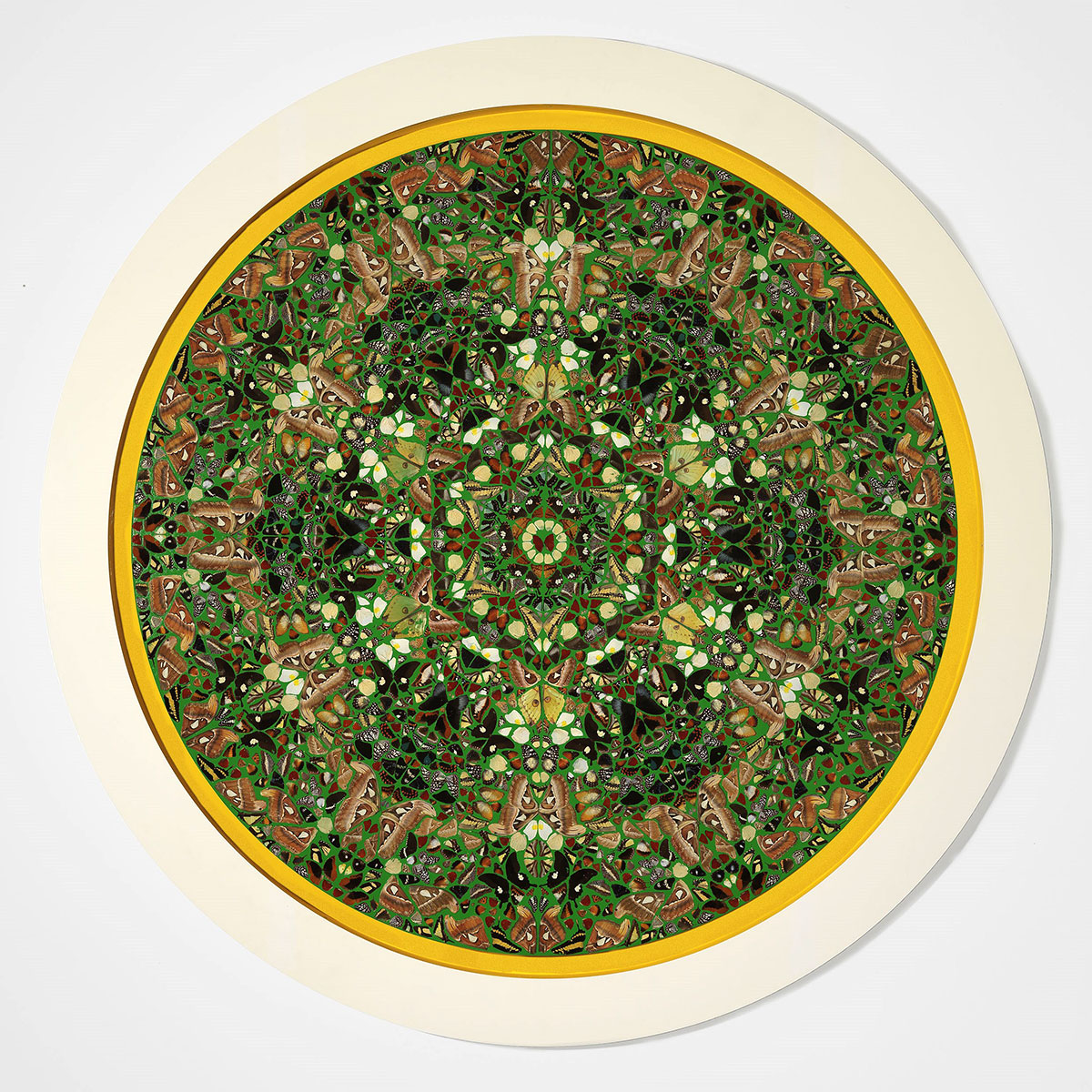
Damien Hirst
Cut Grass – The New Jerusalem, 2006
Butterflies and household gloss on canvas, diameter 182.9 cm
The Angel Collection of Contemporary Art
© Damien Hirst and Science Ltd. All rights reserved, DACS/Artimage 2022
Photo © The Israel Museum, Jerusalem, by Elie Posner
- May 01
- May 01
- Apr 26May 02May 03May 09May 10May 16May 17May 23May 24May 30May 31
- May 03May 10May 17May 24May 31
- Apr 21Apr 24Apr 28May 05May 08May 12May 15May 19May 22May 26May 29
- Apr 21Apr 28May 05May 12May 19May 26
- Apr 21Apr 24Apr 28May 05May 08May 12May 15May 19May 22May 26May 29
- Apr 22May 06
- May 06May 27
- May 06
- May 06
- May 06Jun 10
- May 08May 15May 15May 22May 29
- May 08May 15May 22May 29
- May 08May 15May 22May 29
- May 08
- Apr 24May 08May 15May 22May 29
